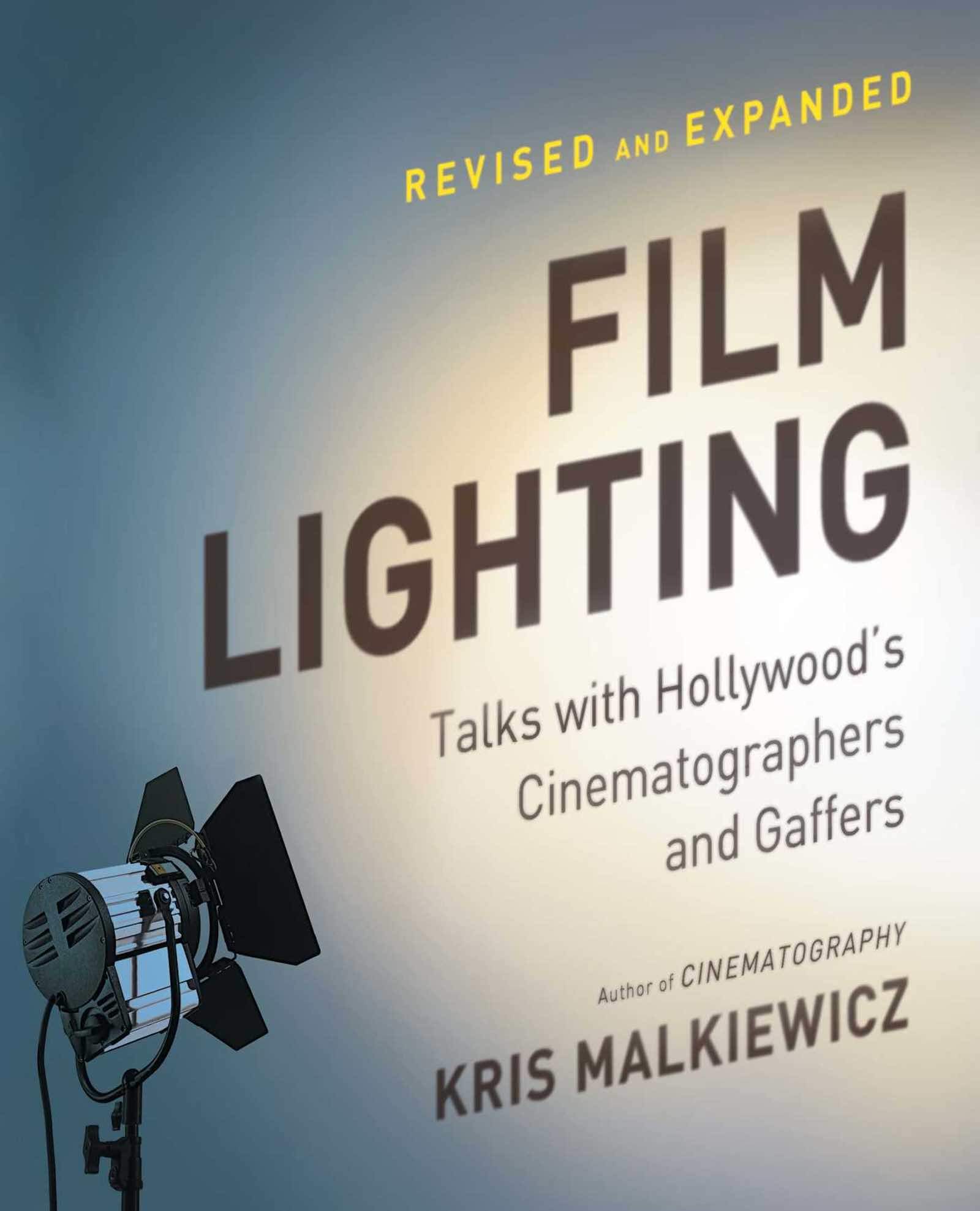

The change in market during the period went from a middle-aged high school-educated audience in the mid 1960s, to a younger, more affluent, college-educated demographic: by the mid 1970s, 76% of all movie-goers were under 30, 64% of whom had gone to college.
#Best cinematography book for hollywood cinemtographer how to
īy the time the baby boomer generation was coming of age in the 1960s, " Old Hollywood" was rapidly losing money the studios were unsure how to react to the much changed audience demographics. Several costly flops, including Tora! Tora! Tora! and Hello, Dolly!, and failed attempts to replicate the success of The Sound of Music, put great strain on the studios. However, audience shares continued to dwindle, and had reached alarmingly low levels by the mid-1960s.


Hence, as early as 1957, the era was dubbed a "New Hollywood". The 1950s and early 1960s saw a Hollywood dominated by musicals, historical epics, and other films that benefited from the larger screens, wider framing and improved sound. By 1957, Life magazine called the 1950s "the horrible decade" for Hollywood. However, these were generally unsuccessful in increasing profits.

Technicolor developed a far more widespread use, while widescreen processes and technical improvements, such as CinemaScope, stereo sound and others, such as 3-D, were invented in order to retain the dwindling audience and compete with television. Films that failed at the box office, including Heaven's Gate and One from the Heart, marked the end of the era.įollowing the Paramount Case (which ended block booking and ownership of theater chains by film studios) and the advent of television (where John Frankenheimer, Paddy Chayefsky and Sidney Lumet worked in their earlier years), both of which severely weakened the traditional studio system, Hollywood studios initially used spectacle to retain profitability. Successful films of the early New Hollywood era include Bonnie and Clyde, The Graduate, Night of the Living Dead, The Wild Bunch, and Easy Rider. After the demise of the studio system and the rise of television, the commercial success of films was diminished. The films made in this movement are stylistically characterized in that their narrative often strongly deviated from classical norms. The span of the period is also a subject of debate, as well as its integrity, as some authors, such as Thomas Schatz, argue that the New Hollywood consists of several different movements. The definition of "New Hollywood" varies, depending on the author, with some defining it as a movement and others as a period. In New Hollywood films, the film director, rather than the studio, took on a key authorial role. They influenced the types of film produced, their production and marketing, and the way major studios approached film-making. It’s a work of art that shows just how high Deakins-a literal superhero-can fly.The New Hollywood, also referred to as the American New Wave or sometimes called the Hollywood Renaissance, refers to a movement in American film history from the mid-1960s to the early 1980s, when a new generation of young filmmakers came to prominence in the United States. And that nighttime sequence with the flairs? Insane. Unlike something like Birdman, Deakins was shooting almost entirely on locations here, and that he was able to make the image gorgeously cinematic across the entire film is a testament to the wizardry of his talent. Roger Deakins’ cinematography is masterful, not just in executing the “one-shot” thing, but in how he uses light and shadow to beautiful results under these impossible conditions. Sam Mendes’ World War I thriller plays out in one continuous shot, as we follow two soldiers who must traverse enemy territory to deliver a vitally important message. I genuinely cannot work out how it was done. It’s not often I see something and am befuddled as to how, exactly, that cinematic feat was pulled off, but the wonderment factor of 1917 is off the charts. I watch a lot of movies, and I’ve been watching a lot of movies for a very long time.


 0 kommentar(er)
0 kommentar(er)
